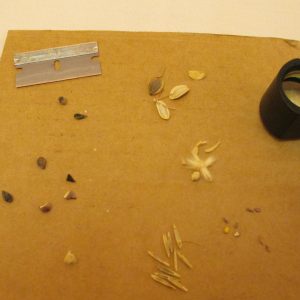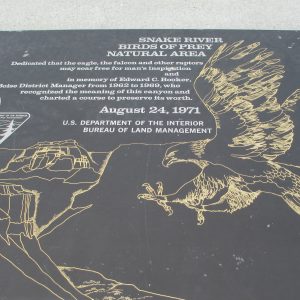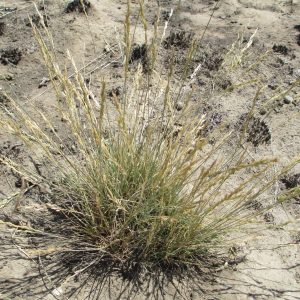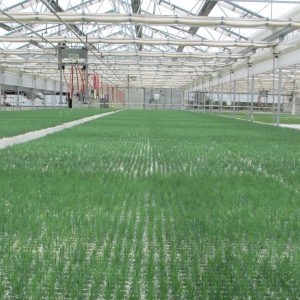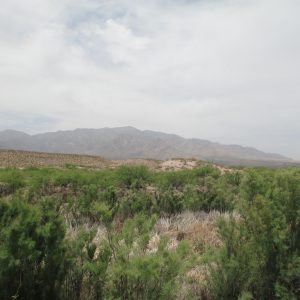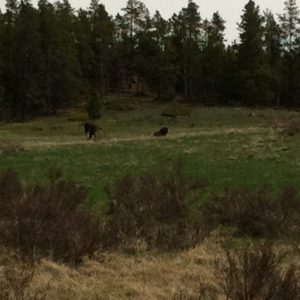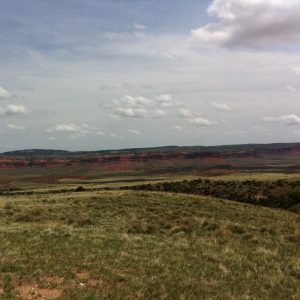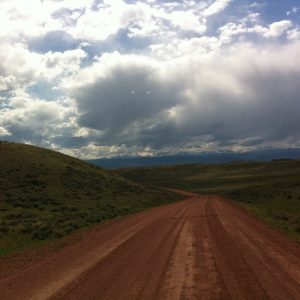 We are seeing some beautiful and impressive wildlife in the Jarbidge Field Office in Southern Idaho: Elk in Velvet, Prong Horn, Mule Deer, Badgers, Hawks, Horney Toads, Pheasants, Chuckers, Bull Snakes, Rattle Snakes, and of course the illusive Sage Grouse. Every day is an adventure! The field studies we are performing are upland trend, HAF Habitat Assessment Framework for sage grouse, riparian, ferruginous hawk, special status plants, water fowl observations, wetland inventory and sage grouse lek counts.
We are seeing some beautiful and impressive wildlife in the Jarbidge Field Office in Southern Idaho: Elk in Velvet, Prong Horn, Mule Deer, Badgers, Hawks, Horney Toads, Pheasants, Chuckers, Bull Snakes, Rattle Snakes, and of course the illusive Sage Grouse. Every day is an adventure! The field studies we are performing are upland trend, HAF Habitat Assessment Framework for sage grouse, riparian, ferruginous hawk, special status plants, water fowl observations, wetland inventory and sage grouse lek counts.
We are going to start camping in remote areas of the field office starting June 10th. This will put us in the appropriate area to start our upland trend and HAF monitoring earlier in the day and cut down our travel time to the sites. We will definitely get more done in a week then traveling 2 hours to and from the main office in Twin Falls, Idaho.
This internship is giving me a different aspect of the desert than I am used to. I live and work on my family’s cattle ranch here in Southern Idaho. My boys are the 6th generation to grow up on our ranch. We have a permit to run our cattle on public lands and I am learning more about the very desert my family makes a living on.
I have also met some awesome folks that are working on the monitoring crew. We get a lot of work done everyday and have a great learning experience as well.






